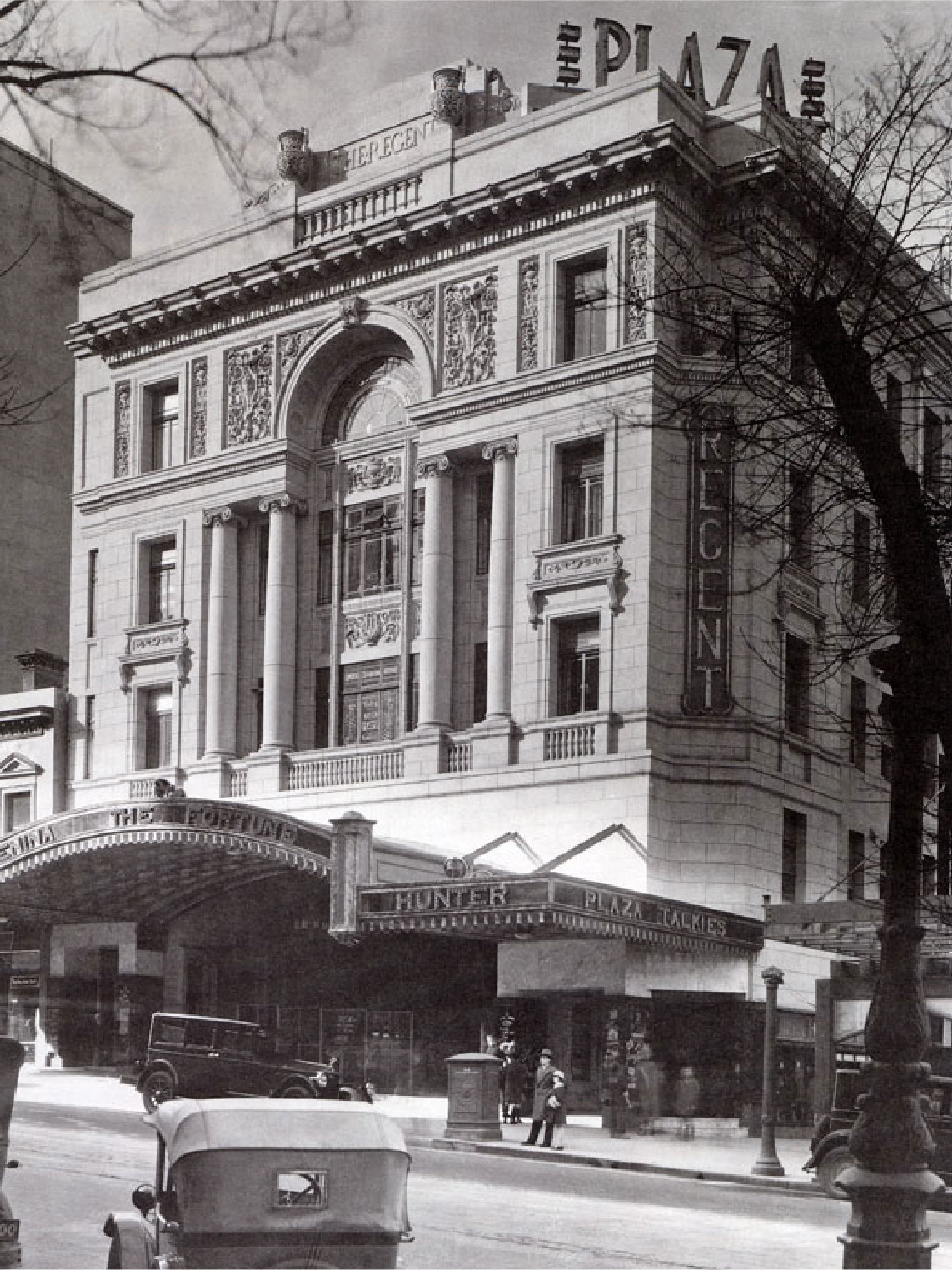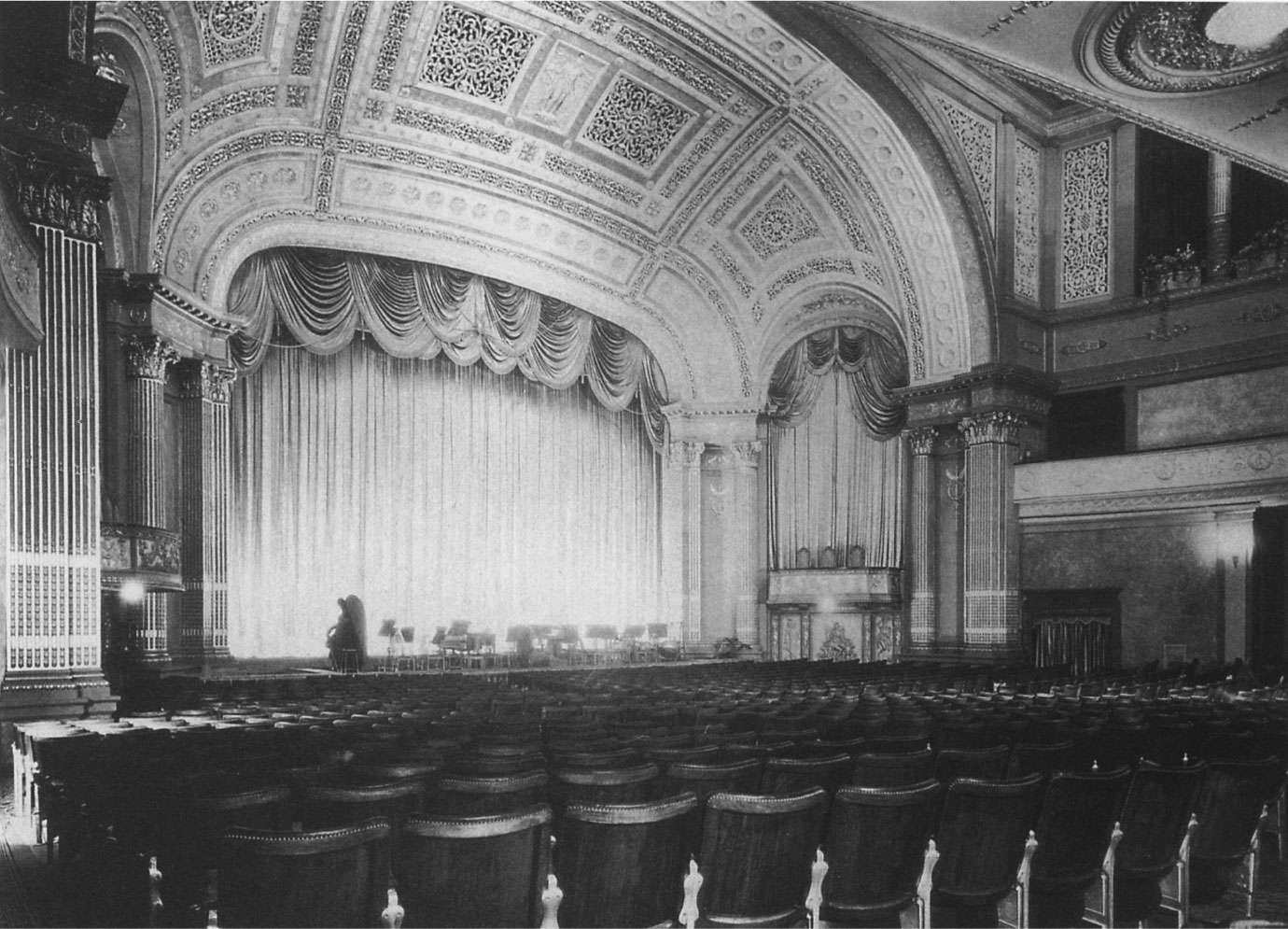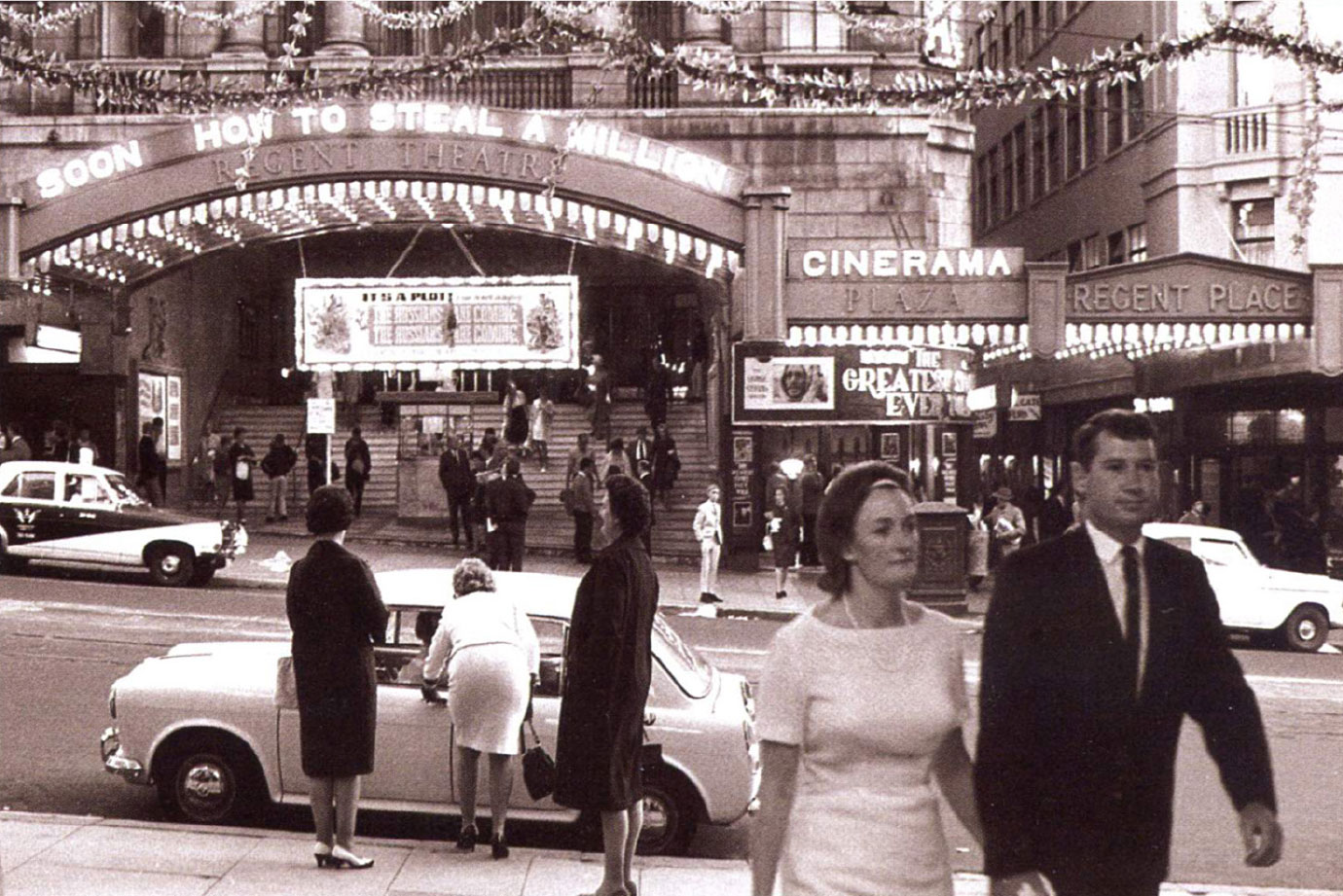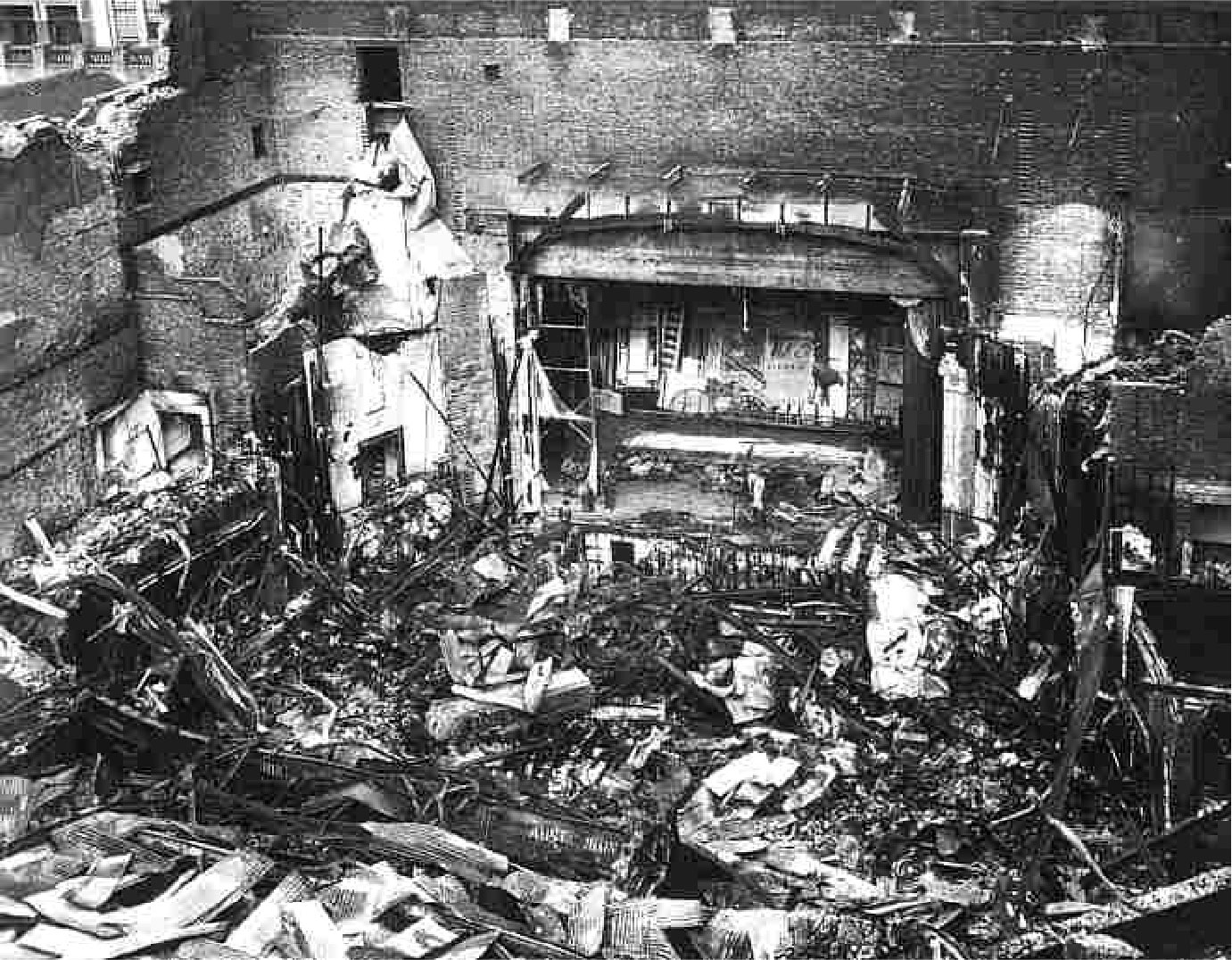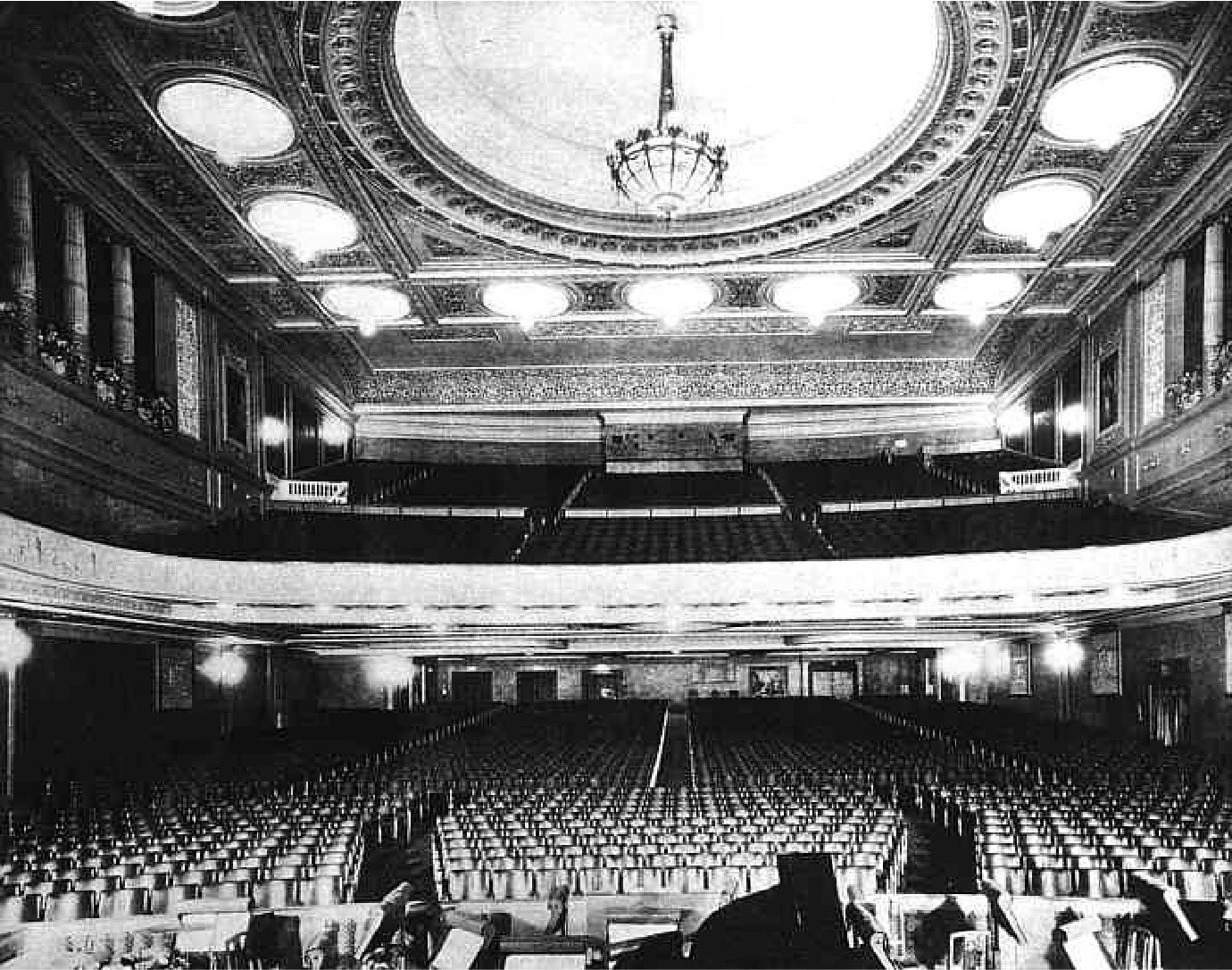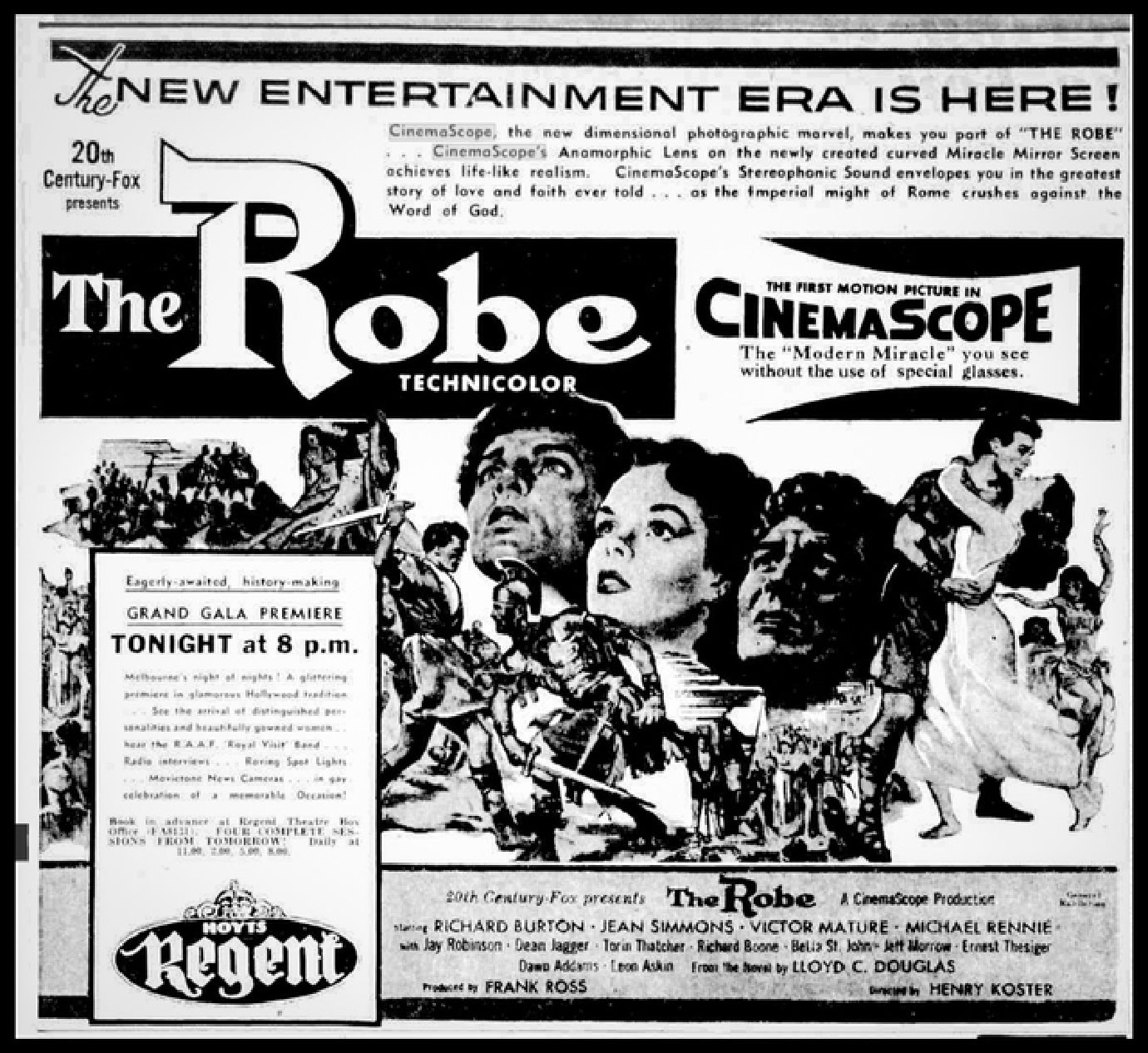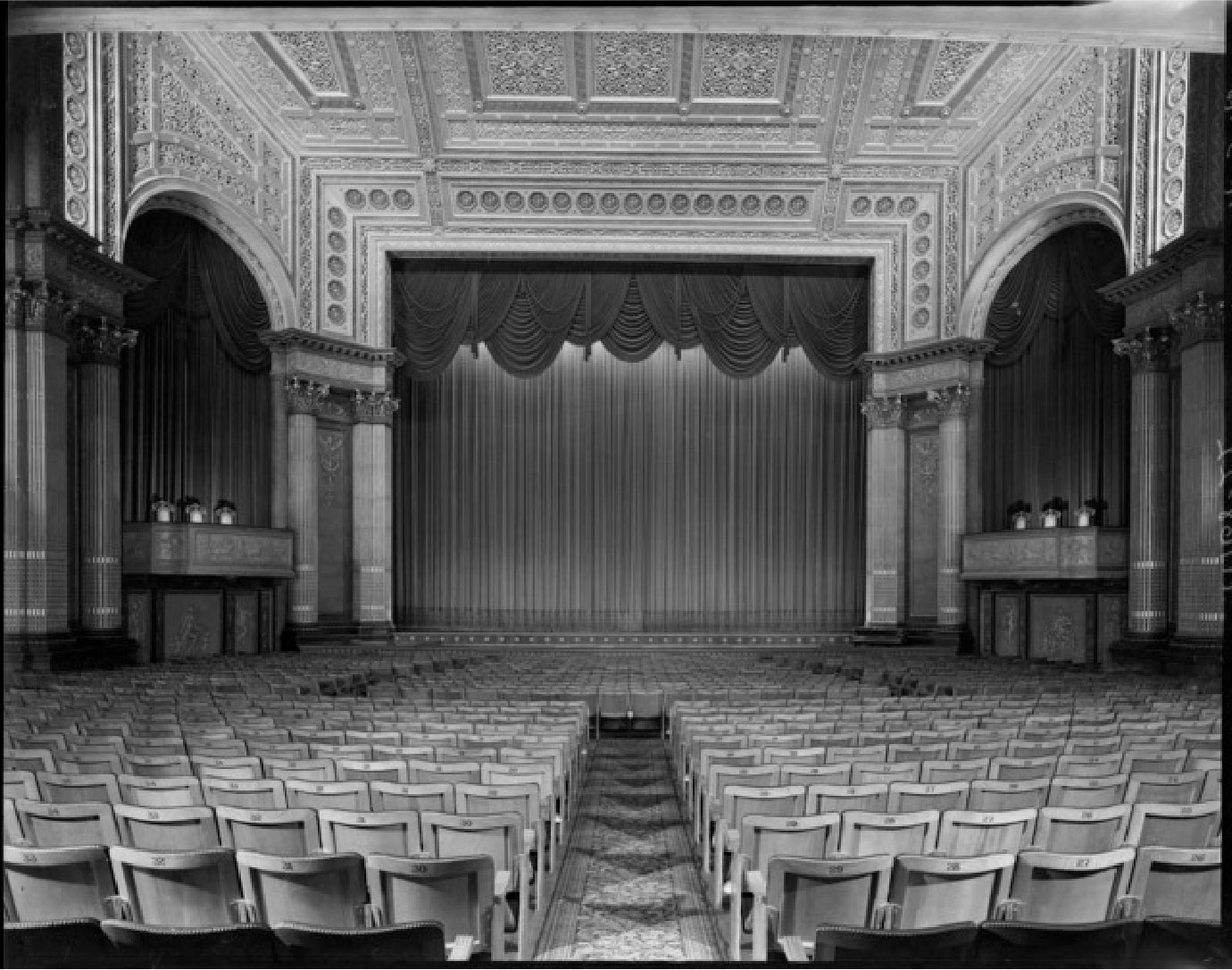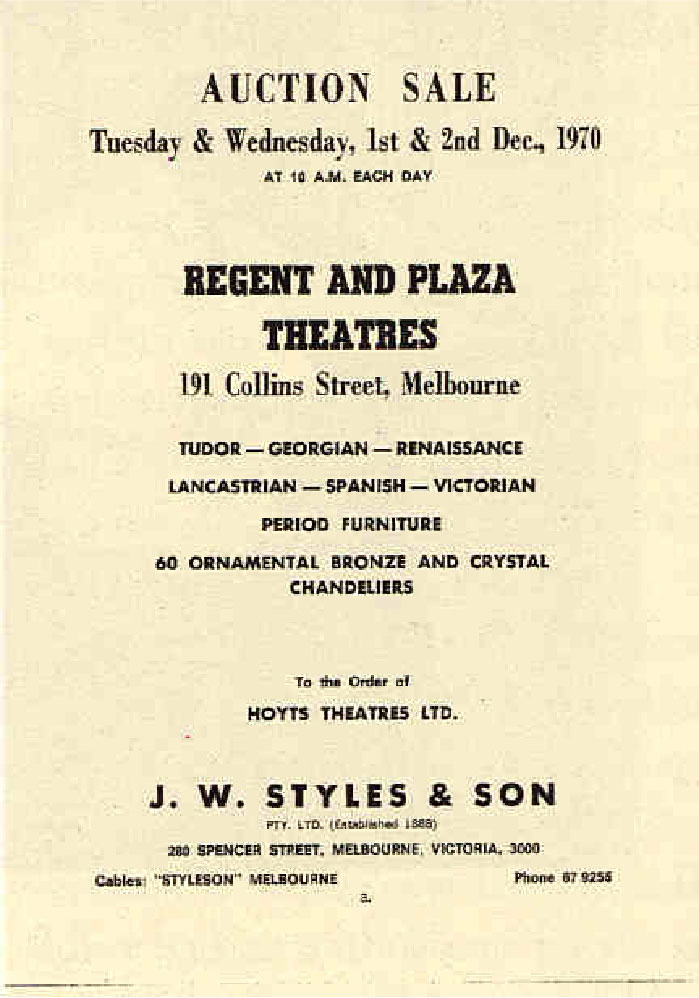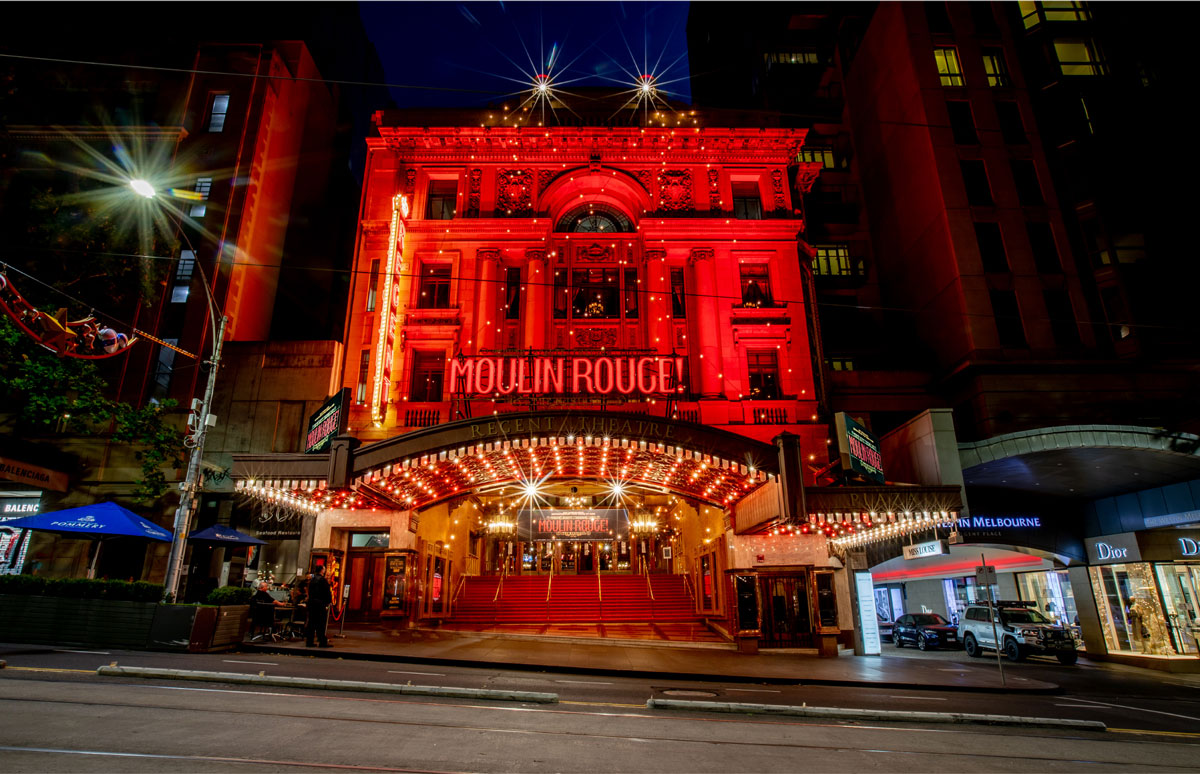Regent Theatre History
The lavish opulence of the Regent Theatre is a product of the glorious fantasy and escapism of Hollywood, right in the heart of Melbourne.
Originally a ‘picture palace’, the Regent is now one of Melbourne’s premier live performance venues. The theatrical and cinema entrepreneur, Francis W Thring, was responsible for the Regent Theatre as the flagship of his Regent cinema franchise (later sold to Hoyts), and it was built under his personal supervision. It was constructed in a race against the Union Theatre’s Forum Theatre, in order to be the first and most extravagant picture palace in Melbourne.
A Palace for the People
The Regent opened on 15 March 1929, a month after the Forum. Affectionately known as ‘The Palace for the People’, the Rococo interior was inspired by the New York Capitol Theatre, which had been completed in 1913 and was, at the time, considered to be the most lavish theatre in the world.


